April 19, 2022
By Jessica Keller, Wayne Kittelson, Rachel Grosso, and Barrett Brown (Forth)
Shared micromobility programs are still a relative newcomer to the transportation scene. The first modern US bikeshare systems launched in 2010. Citibike, the nation’s largest bikeshare program, opened in New York City in 2013. Portland’s Biketown launched in 2016. In 2017, the first Bird scooter was spotted in Santa Monica, CA.
Despite their recent emergence, however, shared micromobility programs are already a staple of urban transportation systems, providing users with an additional set of options for getting around. In particular, electric micromobility (e-micromobility) devices have become viable alternatives to driving, given their higher speeds.
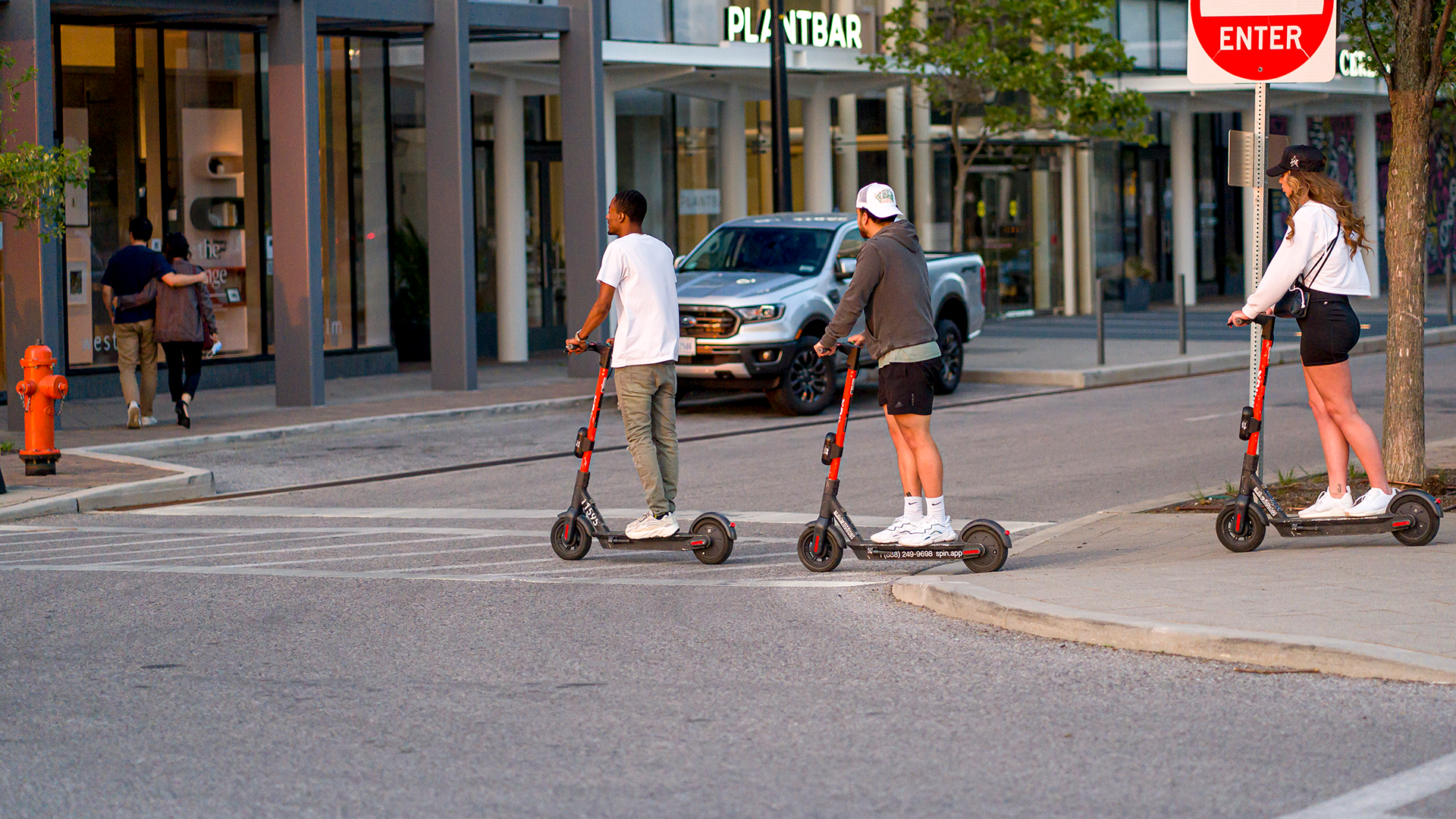
Shared micromobility programs are already a staple of our urban transportation systems.
What Is Micromobility?
Let’s start by defining our terms:
- Micromobility refers to lightweight vehicles (with up to four wheels) that are either human or electrically powered and typically provide transportation for a single person.
- E-micromobility is the electric form of this and can be either fully-powered, like a one wheel or newer scooter models, or augment human efforts, like an e-bike.
- Shared micromobility programs make fleets of these vehicles publicly available for rent on an as-needed basis.
Challenges of Running Shared Micromobility Programs
Cities across the US have grown tremendously in the knowledge and practice of implementing shared micromobility programs. At the same time, some of the challenges that originally plagued e-scooter and bikeshare programs still remain. Many aspects of shared micromobility programs are difficult to control-such as vendor management, keeping dockless vehicles out of the right-of-way, giving micromobility users safe places to ride, and making sense of many different data sets.
So, what makes a shared micromobility program successful? We’ve each had the chance to work directly on the planning and development of these programs, and observed and experienced some key best practices along the way. Barrett Brown, program manager at Forth, formerly ran operations for Citi Bike in New York City. Jessica Keller, principal planner at Kittelson, joined Kittelson after serving as Assistant Public Works Director of the City of Coral Gables, where she led the establishment of their shared micromobility program, the first in the southeastern United States. Wayne Kittelson and Rachel Grosso are involved with emerging technology and electrification planning at Kittelson. Wayne is working with the Oregon Department of Transportation (ODOT) to identify charging and other infrastructure needs for micromobility, and Rachel is working on the Caltrans District 4 Bay Area Mobility Hub Plan.
From these experiences working with a range of cities both in-house and through consulting, here are the six common elements we’ve identified of the most successful programs.
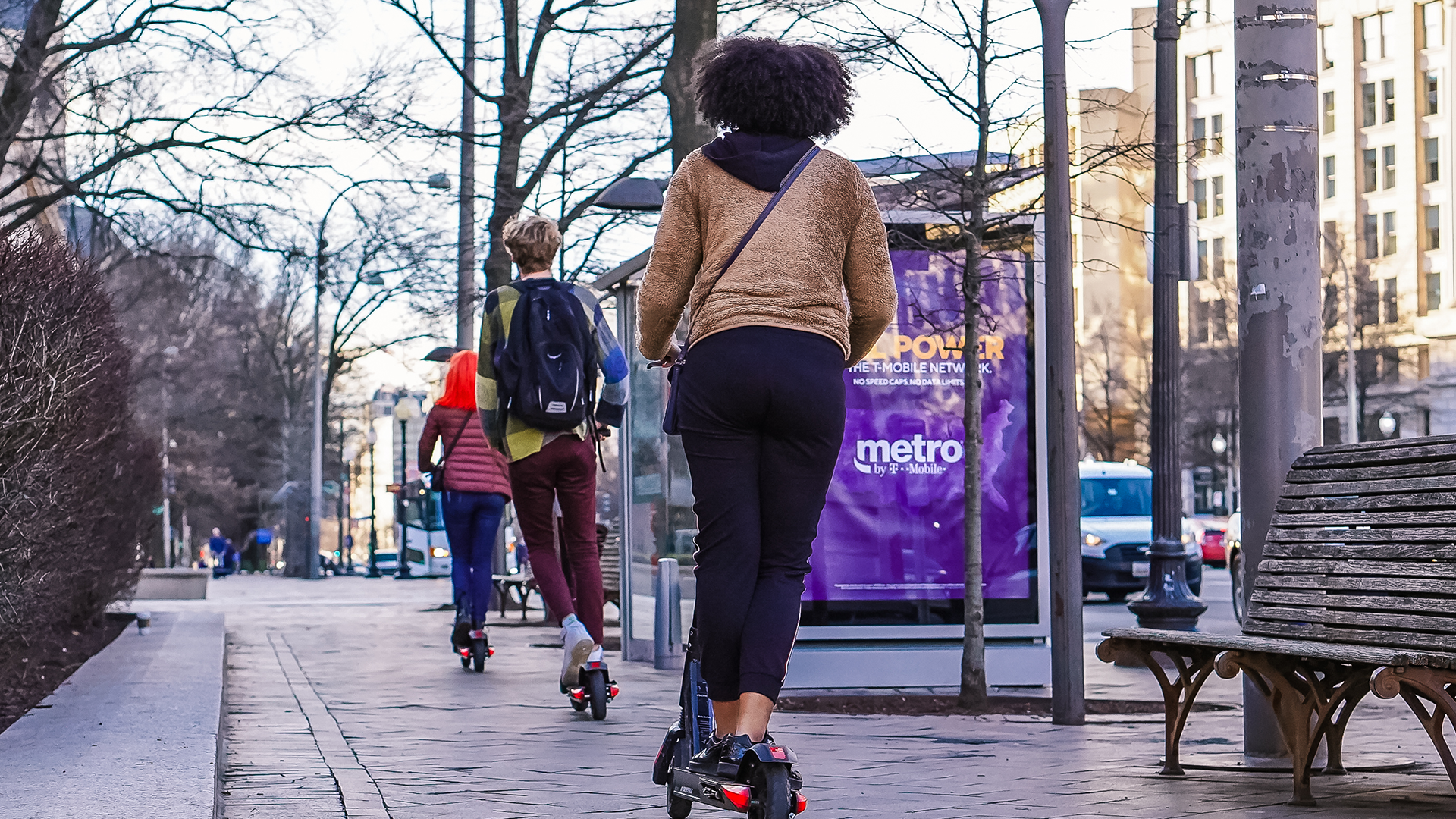
Successful shared micromobility programs all seem to have at least six things in common.
6 Elements of Successful Shared Micromobility Programs
Policies
Best Practice: Work with Vendors to Establish Policies Early and Clearly
Losing control, or not having it to begin with, is one of the biggest barriers to running a successful micromobility program. One of the best things cities can do is enact legislation immediately, and engage with vendors clearly and consistently.
The City of Coral Gables is a good example of a smaller community that set policies early and established control early on, while meeting the needs of vendors. The City interviewed the vendors, who were more than willing to help prepare policies. As a result, both the program and the vendors were successful, and the number of complaints continues to be minimal.
The need for clear communication also applies to data collection. Trying to make sense of inconsistent data sets is overwhelming and ineffective. Rather, cities need to communicate to vendors exactly what data to provide and how to provide it. This enables cities to easily compare utilization between vendors and get origin/destination data.
Program Size
Best Practice: Right-size the Program for the Staff Available to Manage It
Micromobility programs need dedicated staff in order to succeed. The size of the deployment and number of vendors should correspond to the availability of City/County staff.
In Coral Gables, the relatively small e-scooter deployment and limited vendors was directly linked to the availability of staff resources to provide the needed oversight. In Baltimore, scaling the program size to Baltimore City DOT‘s team size enables them to keep close communication with vendors. Vendors are required to provide a Mobility Data Specification (MDS) Application Programming Interface (API) to Baltimore City DOT with all trips starting, ending, or passing through Baltimore City. The data is used to monitor each provider’s compliance with the City’s deployment requirements established in the program Rules and Regulations, and it keeps lines of communication open. Baltimore City DOT regularly communicates with vendors regarding compliance, vehicle condition and appearance, and opportunities for community events and engagement.
Reliability and Density
Best Practice: Vehicles Must Be Convenient and Available
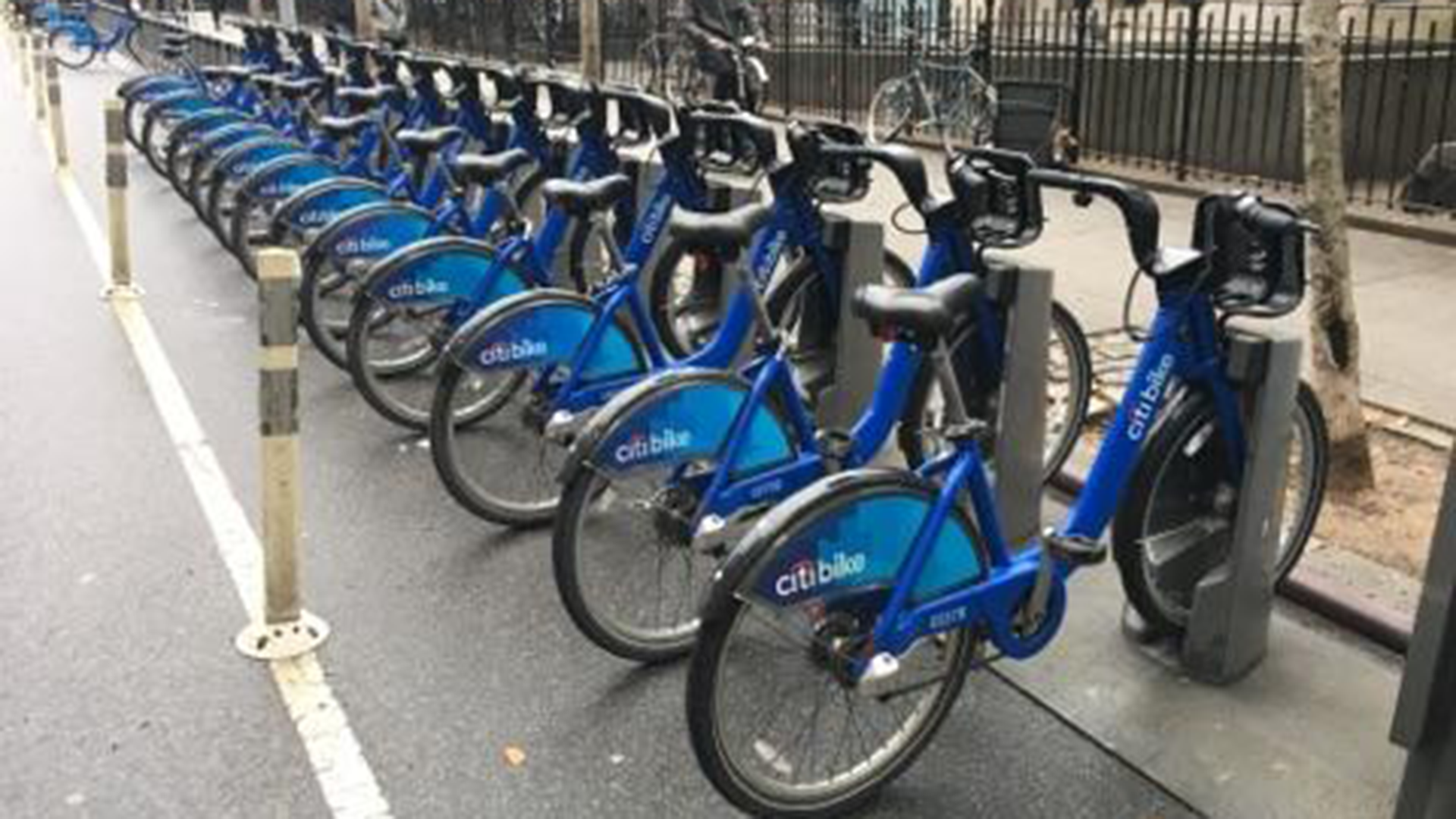 For people to be able to rely on shared micromobility vehicles as a form of public transit, vehicles need to be placed in walkable distance of the home, office, or primary service, and they need to be present. For example, newer Citi Bike stations in New York City are placed at approximately 28 per square mile, in line with NACTO’s recommendations on bikeshare density. This high density allows users to build habits around bikeshare, because they know it will be available.
For people to be able to rely on shared micromobility vehicles as a form of public transit, vehicles need to be placed in walkable distance of the home, office, or primary service, and they need to be present. For example, newer Citi Bike stations in New York City are placed at approximately 28 per square mile, in line with NACTO’s recommendations on bikeshare density. This high density allows users to build habits around bikeshare, because they know it will be available.
Of course, density is a bigger challenge for dockless systems because it requires strict regulation of their deployment. Operators tend to launch vehicles in areas with high ridership, which is typically a city’s downtown or tourist areas. To build a reliable system, it’s important for cities to establish minimum deployment standards, particularly in underserved neighborhoods. If done properly, dockless micromobility has the potential to achieve needed density, but there is still work to do to see a fully dockless system provide the level of reliability that we’ve seen with docked bikeshare such as Citi Bike or Chicago’s Divvy.
In Coral Gables, this is where origin/destination data proved useful. Initially, vendors were reluctant because they didn’t want their data shared with competitors. Once the City identified the patterns, however, they could work with vendors to deploy e-scooters in underserved neighborhoods.
Rules of the Road
Best Practice: Accelerate Implementation Timelines for Multi-Use Pathways
The way that micromobility devices, particularly e-scooters, interface with cars and pedestrians still draws more questions than answers. Putting scooters in travel lanes puts these more vulnerable road users at risk, while allowing them on sidewalks puts them in conflict with people walking.
Our experience working with cities to navigate these questions leaves us with this conclusion: it is imperative that cities speed up implementation timelines for expanding access and availability of multi-use pathways. Safe and available infrastructure is the biggest barrier to increased micromobility usage across the country, and it speaks to our car-centric infrastructure that pedestrians and e-scooter riders are fighting over small pieces of land. We must expand space for vehicles other than cars, and consider how shared use paths are creating safe and delineated spaces for all forms of micromobility, not just bicycles. One way to move toward this goal is to use vendor permitting fees solely for the design and construction of infrastructure.
What can be done to address safety conflicts in the meantime? In their Guidelines for Regulating Shared Micromobility, NACTO provides a few recommendations, including:
- Operators employ speed reductions in crowded, high-pedestrian spaces upon request from the city
- Cities use geofencing to direct operators to prohibit vehicle use in unsafe locations or during events as identified by the city
- Operators be required to include an in-app explanation of geofencing (both area designations and the process that is initiated if a user enters a restricted area)
Storage Solutions
Best Practice: Put the Responsibility on Operators, Not Users, and Continue to Innovate
While steps can be taken to encourage micromobility users to properly park vehicles-such as educating the user on where to park and requiring they take a picture after they use the vehicle-it is the responsibility of operators to keep vehicles out of the public right-of-way. “Cities should reserve the right to move, remove, and permanently dispose of vehicles at the operator’s expense when the city finds it necessary to remove equipment from public space (e.g. because the operator has not responded in a required timeframe, or if the equipment poses a public safety risk),” writes NACTO.
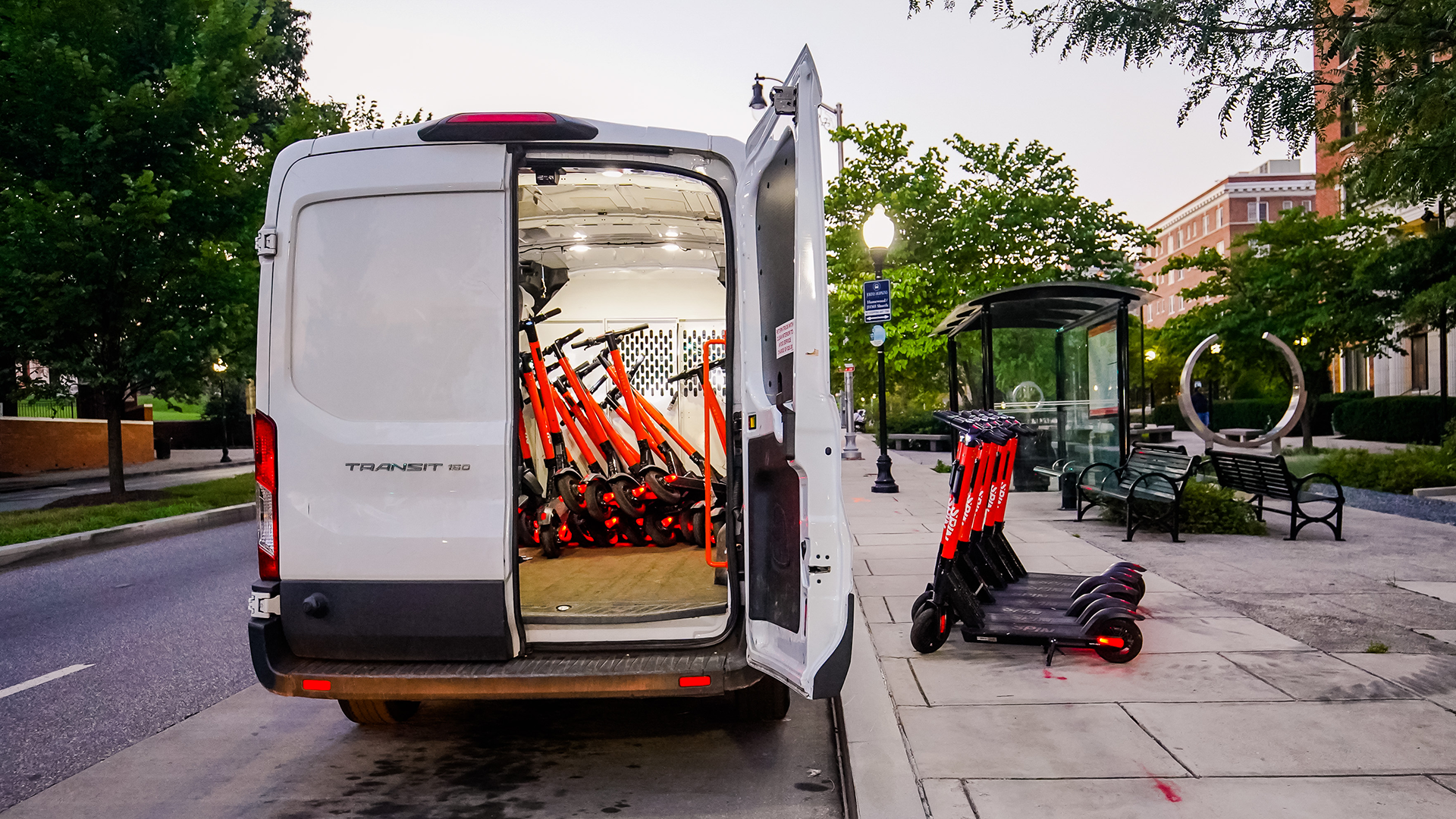
While steps can be taken to encourage micromobility users to properly park vehicles, it is the responsibility of operators to keep dockless vehicles out of the public right-of-way.
Private companies are also exploring storage space for micromobility. An example is startup Oonee in New York City. Oonee builds modular parking shelters, or pods, for bikes and scooters that are equipped with electric charging infrastructure. These are innovative solutions we hope to see more of.
Equity and Distribution
Best Practice: Go Beyond Minimum Deployment Standards and Involve Communities
In response to the issue of scooters and bikeshare being more prevalent in higher income and more populated areas, cities like Baltimore trailblazed the concept of equity zones, requiring that operators deploy a minimum number or percentage of vehicles in historically underserved neighborhoods. Minimum deployment standards can help bridge the equity gap and ensure micromobility services are widely available. However, programs should not force their way in; rather, it’s important to get the community directly involved.
Shared micromobility is still a relatively new concept, and there are a range of perceptions about the use cases of bike and scooter share. Citibike encountered this when they began expanding into historically underserved areas in New York City. Bikeshare was not initially embraced there because it was viewed as a toy for the wealthy and a threat to parking spaces. Through intentional outreach, such as educational workshops, neighborhood advocates and an equity advisory board, community members were engaged to rethink how micromobility could work for their daily activities.
What’s Next for Micromobility: Integrating Transportation Services Both Physically and Digitally
What is the future of micromobility? At the highest level, it’s a future with fewer households relying on cars. Specifically, we’ll see more micromobility integration with other city-owned services, such as public transit, that are fully independent from car infrastructure. This will happen in two ways:
Physically: Through Mobility Hubs
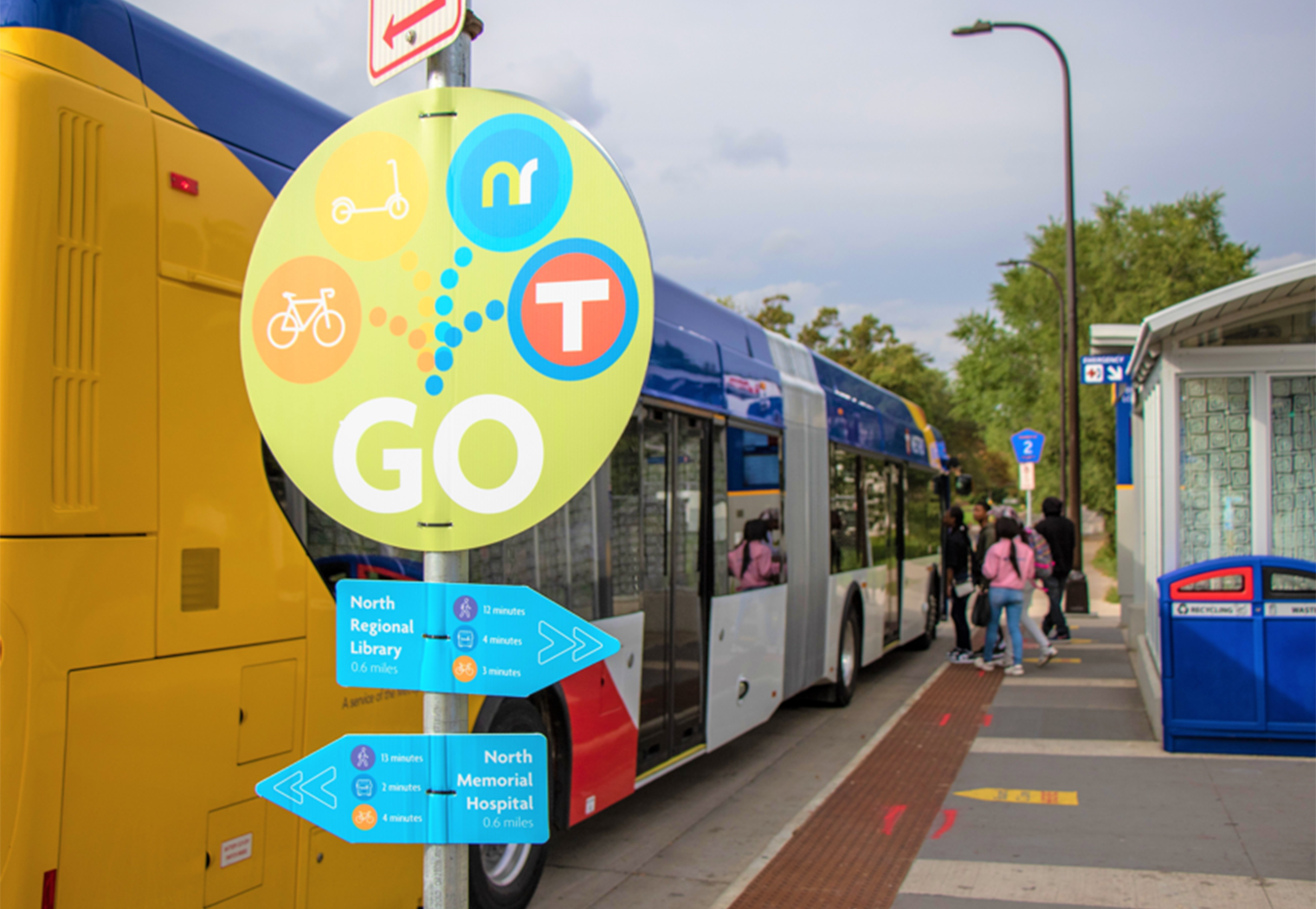 Mobility hubs-multimodal stations where transportation services strategically converge-are being studied and implemented nationwide. Pictured is a mobility hub in the City of Minneapolis, which built 25 such hubs in 2019 and 2020 as part of a pilot program that received very positive feedback from residents.
Mobility hubs-multimodal stations where transportation services strategically converge-are being studied and implemented nationwide. Pictured is a mobility hub in the City of Minneapolis, which built 25 such hubs in 2019 and 2020 as part of a pilot program that received very positive feedback from residents.
In addition to urban environments, regional planners, such as those at Caltrans District 4, are studying how Mobility Hubs could be implemented in a variety of land-use and transportation settings. Utilizing emerging technologies such as self-sustaining, solar-powered stations to charge micromobility devices, power restrooms, and provide public Wi-Fi, mobility hubs could soon be implemented in many rural and recreational areas, connected with urban and suburban neighboring communities via transit.
Digitally: Through Payment and Booking Options
Mobility as a service (MaaS) combines transportation services into a unified system through which users can plan, manage, and pay for their trips with a single account. Systems like the Clipper Card in California’s Bay Area digitally mirror the physical connectivity of mobility hubs to give users cohesive experiences. The continued integration of physical and digital infrastructure creates even more potential for micromobility to solve the first mile/last mile gap and be an attractive alternative to getting into a car.
Continue the Conversation
There’s lots more to talk about when it comes to shared micromobility, and we’d be glad to continue the conversation. Feel free to reach out to any one of us:
